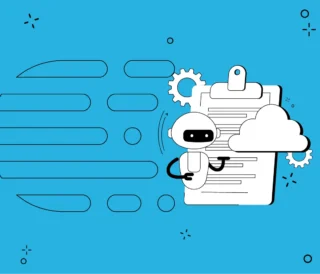One of the keys to successful software development is the effective creation of user stories. Writing them correctly involves the functional analysts and the product owner analyzing and gathering customer requirements. This ensures that the development team understands the information and can execute the tasks correctly.
Among the challenges the development team faces is the task of meeting user expectations and identifying potential weaknesses in solution designs. This requires validating assumptions and hypotheses without allowing one’s own biases or opinions to influence them. Therefore, actual user needs and behaviors must be prioritized.
It is important to note that user stories are not a detailed specification of a requirement. In fact, they are a reminder of a relevant aspect that needs to be discussed with the user.
Mapping these stories is intended to provide an overview and scope of the product to be addressed. It considers the main goals and deliverables, rather than focusing on specific tasks and steps.
Suscribe to our newsletter!
When writing user stories, use clear language, avoid technical jargon, and prioritize the most important and valuable features.
Read more →How to achieve a continuous delivery pipeline?
In a collaborative environment, it is important to align stakeholder expectations. Teams should establish clear, shared goals and scope for the product, and encourage communication to resolve disagreements on time.
What are the benefits of creating user stories?
Their creation allows the team to maintain the creativity and flexibility to explore different solutions and adapt to change

How to write user stories?
The INVEST method is an approach used in agile software development to ensure quality in writing user stories. This method provides a set of key characteristics that user stories should have to be effective in communicating, planning, and executing agile projects.
- Independent: The story should be autonomous and not depend on other stories to be useful.
- Negotiable: It is not a rigid contract. It should be open to discussion and refinement.
- Valuable: It must provide value to the end user.
- Estimated: It should be possible to estimate the effort required to implement it.
- Small: Small enough to be completed in one iteration.
- Testable: It should be possible to verify that the functionality has been implemented correctly.
Meet customer expectations
To meet customer expectations and requirements, it is critical to maintain constant and effective communication. This includes involving the customer in the development process and ensuring that all user stories are clearly defined and aligned with the project goals.
Using the INVEST method helps to ensure that each user story is clear, valuable, and manageable, thus facilitating the success of the project.

At Crombie, we design user-centered solutions from day one
We work closely with our clients to build robust digital products, starting with clear, well-prioritized user stories aligned with real business goals. We apply agile methodologies and functional analysis practices to turn requirements into scalable, usable, and impactful solutions.













Leave a Comment